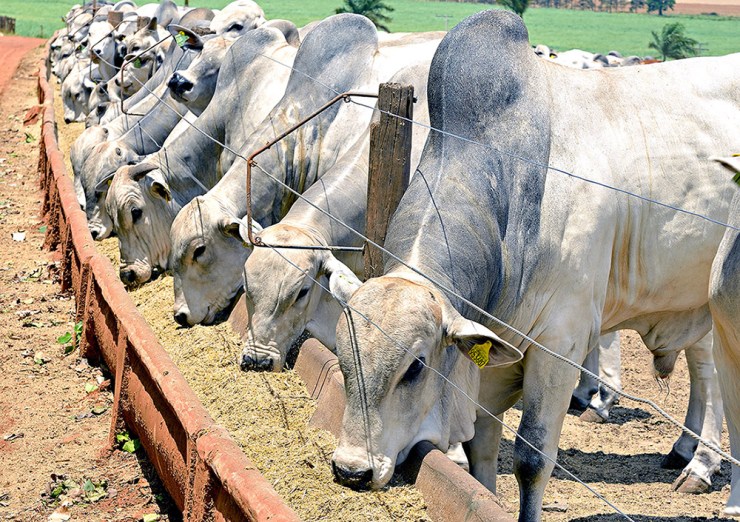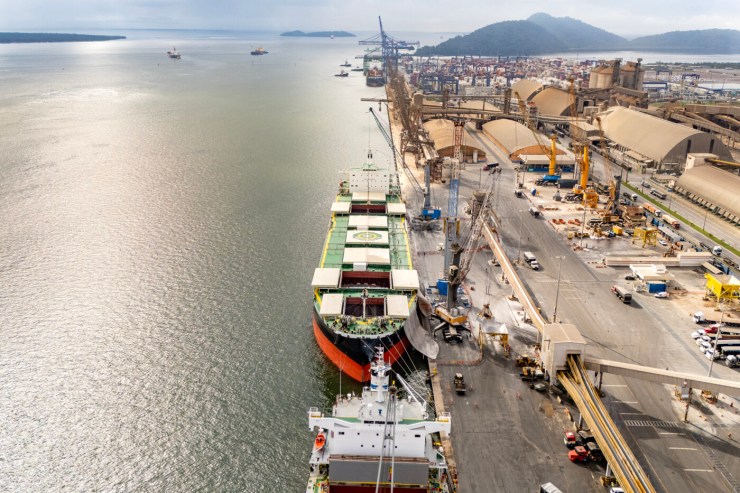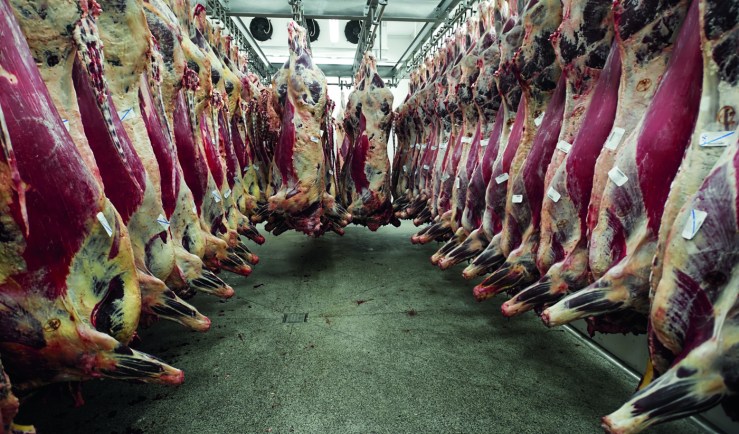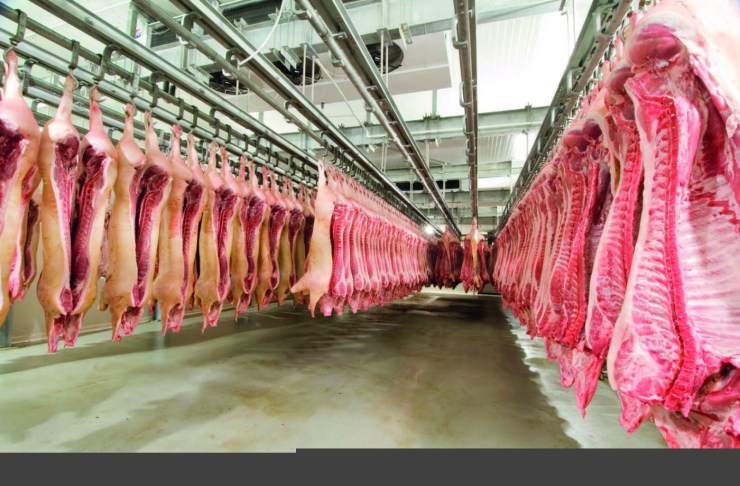Last year saw consistent growth in farmed fish exports. In volume, the increase was 102%, reaching 13,792 tons. In value (US$$ 59 million), it was 138% more. The data was consolidated by Manoel Xavier Pedroza Filho and Hainnan Souza Rocha, from Embrapa Fisheries and Aquaculture.

Photo: Albari Rosa
The increase in tilapia exports to the United States – especially fresh fillets and frozen whole fish – is the main driver of the marketing of farmed fish abroad. Fresh fillets alone accounted for US$1.5T in revenue. Frozen whole fish accounted for US$1.5T. Together, these two categories accounted for 91.71T of the total value for the year. For researchers at Embrapa Fisheries and Aquaculture, the drop in producer prices for tilapia in Brazil was undoubtedly a determining factor in the increase in exports. Between the 4th quarter of 2023 and the 4th quarter of 2024, the reduction was 191T.4T.
Conversely, the prices of fresh tilapia fillets exported increased by 12,75% in the year – going from US$$ 6.82/kg to US$$ 7.69/kg. This category generated US$$ 36.36 million, an increase of 159% compared to the previous year. The United States was the largest buyer of farmed fish from Brazil, with US$$ 52.2 million (89% of the total). A far cry from Peru, in second place, was followed by China, Canada and Japan.
In 2020, Brazil was the eighth largest supplier of tilapia to the United States. Last year, it took fourth place. During this period, Brazilian sales to the United States grew by 7,18%. Specifically in relation to fresh tilapia fillet, our country became the second in the ranking, only behind Colombia. With the end of the mandatory issuance of the International Health Certificate, defined by the end of 2024, the trend is for Brazil to become the largest exporter of fresh fillet to the United States.

Photo: Jonathan Campos
As previously mentioned, tilapia accounted for 94% of Brazilian fish farming exports in 2024. Revenue grew by 138% and volume by 92%. Curimatás came in second place and pacu in third. The largest producer of tilapia, Paraná, also led exports in 2024, with 64% of the total (US$35.7 million), followed by São Paulo (12%) and Mato Grosso do Sul (3%).
Even with the significant increase in percentage, Brazilian fish exports still have a long way to go before our country can position itself in the world ranking of the largest suppliers of this protein. While industries continue to seek opportunities, qualify to sell abroad and sign agreements, the trade balance is negative. In 2024, the deficit was US$1.5T 992 million – an increase of 8.51T 4T compared to the previous year (US$1.5T 914 million).
Salmon remains the leading importer of fish. It was worth US$1.5 billion in 2024, compared to US$1.5 billion in the previous year. Pangasius comes in second, with US$1.5 billion, followed by trout, with US$1.5 billion.





